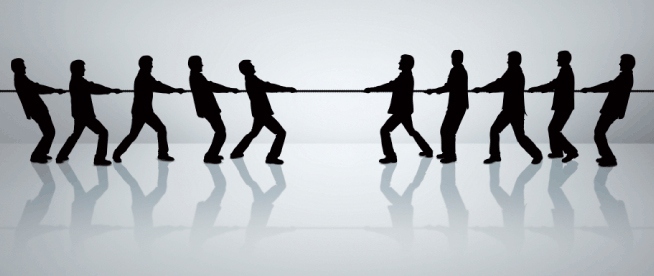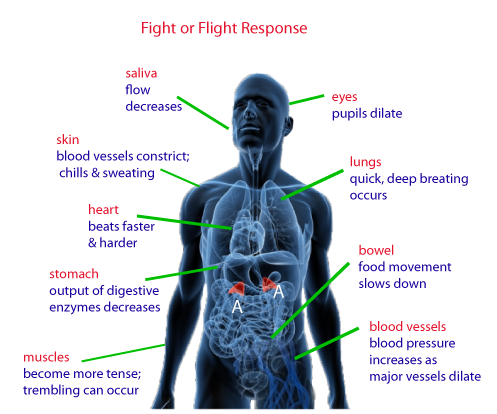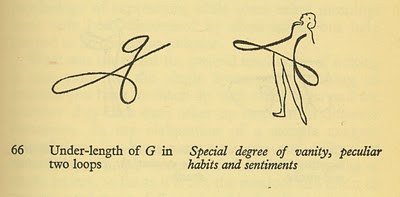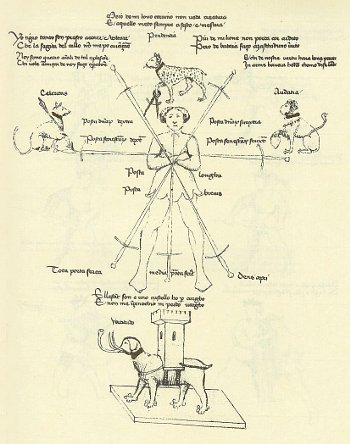- Never offend or insult the other person. A quick trip to escalation. “Fucking idiot.” “This moron won’t leave me alone.” “Are you stupid?? It’s just a beer, man!” “You’re stupid chick looked at me funny.”
- Never leave them zero option outside of physical conflict. When cornered, pride and ego take over, especially if friends, spouse/girlfriend, siblings, group are around to up the peer pressure factor or impress. If there’s a chance everyone can go home without a brawl, shut up and put your tail between your legs. If the only thing hurt was our pride at the end of the night, we all go home safe, nobody ends up in-hospital and no loved ones need worry.
- Never challenge the other person. “You wanna go?!” “Is that an offer?” “Are you threatening me?!” “You think you can take me?!” “You want some of this?!” “And who the hell do you think you are?!” All are invitations to escalation. See number 2.

4. Never touch the other person. While this may be circumstantial, if you’re not within their circle of trust, physical contact will cause an immediate physical response. A push off, a push, a removal. You’re invading their space bubble and territoriality increases exponentially during conflict.
5. Never give an order to the other person. “Calm down.” “Chill out.” “Relax.” “Take it easy.” “Settle the f*&^ down.” All are taken as an order from a stranger and, therefore, not taken well. You’re not their friend or confidant. They’re not getting paid and you’re not their boss.
6. Aggressive body language. Like we always say, if there’s an incongruence between body and words, believe body. If your body is showing instinctive signs of aggression, it will often be taken as such and a pre-emptive attack or sucker punch may be in the works. Learn to keep your body language under wraps as much as is possible. Self-control.

7.Active listening. Sometimes if the other person is heard and knows they’re being heard, they’ll calm down. If they feel they’re not and you’re not understanding what the problem is, it’ll increase the odds of a physical lashing out. It may be as simple as you stealing their chair, taking their place in line or being rude on their night out with their significant other.
8. People often say to use humor. This can be an instigator as well if they think you’re making a mockery of their feelings in a serious situation, at least to them. Best to stay away from it.
9. Use submissive posturing. There are a number of pre-conflict postures that both give signs of calm and de-escalation but also give opportunity to launch a pre-emptive or simultaneous attack if needed in a pinch. (1. hands on head-frustration, 2. hands grabbing jacket-calm & listening, 3. hands on belt-confident yet prepared, 4. folded arms with low hand not intertwined-under the adrenalized depth perception line, 5. active hands – be like the French/Italians- and learn to strike out of movement, 6. rubbing chin, 7. pleading, 8. palms facing in the traditional “I don’t want no trouble” pose, 9. One or both rubbing neck-feigned exasperation, 10. Slow rubbing hands: self-comforting/in-thought)

10. Talk slowly and calmly. As you’ll likely only have monosyllabic options under the likely effects of adrenaline, practice controlling the delivery mechanism. High-pitched, loud, frenetic and swearing will often cause the same reaction in the other person. Be the influencer.
Now all of these can also be used as a feint, bait or for deception if the situation calls for it and violence is a foregone conclusion as well. Something to keep in mind when planning strategies and tactics.






